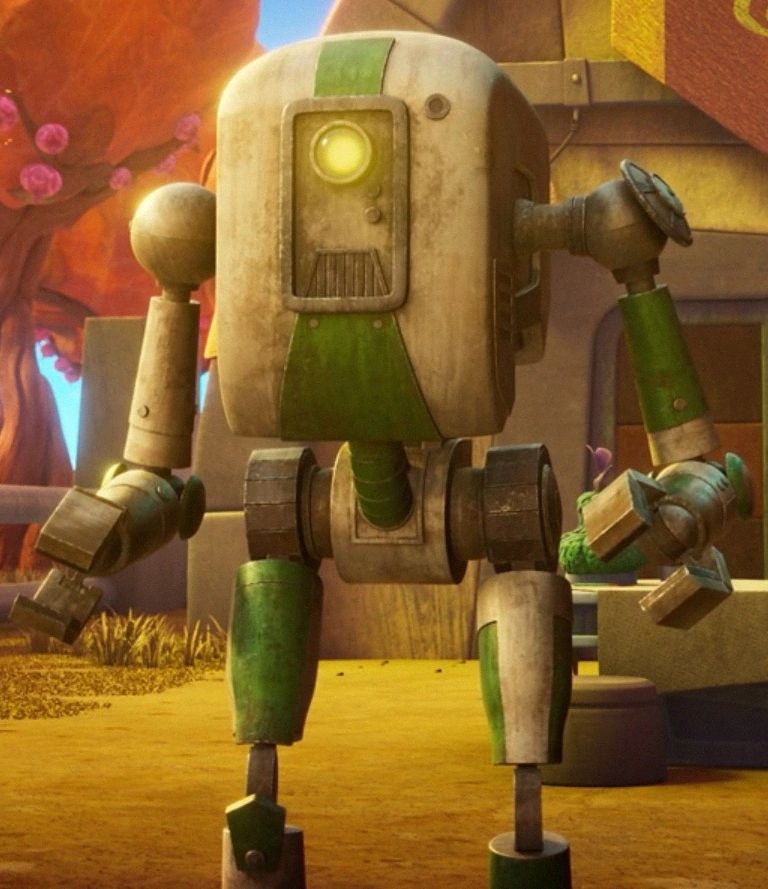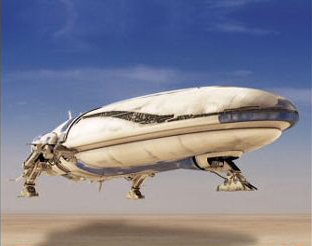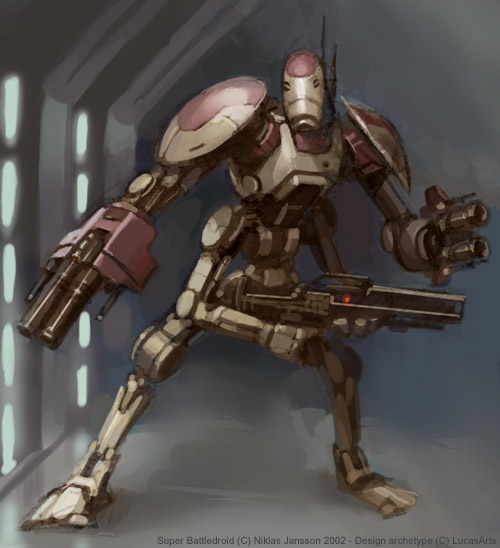CAM ships
Craft: FNASS CAM ships (many models)
Type: Catapult-Armed Merchantman
Scale: capital
Dimensions: varies widely, typically: length 105 m, beam 18 m
Crew: varies widely, typically 48, gunners: 4
Passengers: varies widely, typically up to 40
Cargo Capacity: varies widely, typically 8-12,000 tons
Consumables: varies widely, typically 8 months
Hyperdrive: none
Maneuverability: varies widely, typically 0D
Space: varies widely, typically 1-2
Hull: varies widely, typically 1D+1
Shields: none
Sensors: varies widely, typically 5/0D; 10/0D+1; 15/1D; 1/1D+1
Weapons: varies widely, typically:
4 Medium Railguns
Fa: 1 port-front, 1 front-starboard, 1 starboard-aft, 1 aft-port
Crew: 1 each
Fc: 1D+2
Scale: starfighter
Space range: 1-3/6/10
Damage: 2D
Or None
Starfighters: 1
Capsule: It is impossible to come up with any standard statistics for CAM (Catapult-Armed Merchantman) ships due to the fact that the vessels are converted from merchant vessels of all types. The stats given above are representative of a typical CAM, but individual ships will vary greatly. When the war broke out in the Nethin system the FNA found itself losing vast quantities of shipping to HPL raids. It was seen almost immediately that starfighter support for convoys would reduce these losses, but there was a large area through which FNA convoys had to pass that was out of range of FNA starfighter bases. All of the earliest starfighter carriers that the FNA produced were pressed into fleet service rather than escort duty, and a stopgap measure was needed until FNA shipyards could be freed up to build escort carriers. Initially a small group of 4 freighters were modified to help rectify the problem. Each ship was fitted with an exterior catapult which used railgun technology to propel a single high-performance starfighter to attack speeds in less than 5 seconds. Other than the pilot the entire crew would be civilians, and the ship still carried a vast amount of cargo. The program was a success despite major drawbacks. Often that single starfighter was enough to make the difference between losing one or two ships and losing an entire convoy. The success of this trial led to a further 50 CAMs. The CAM project was vital, but not perfect by any means. The haste of the conversions, and the necessity of conserving space, coupled with the fact that the conversions had to be performed in civilian shipyards, meant that the fighter pilot had to sit in the cramped cockpit of the fighter for hours on end, and the fighter could not be retrieved once launched. If the pilot was lucky he would be able to reach the nearest starfighter base after he had dispatched or driven away the enemy, but more often he would have to ditch his fighter and hope that one of the ships in the convoy would be able to rescue him before his life-support gave out. Many CAMs have been lost to HPL raiders, and they have been supplemented and largely replaced by escort carriers, so further conversions are unlikely, despite the difference that these ships have made in the shipping war. All of the CAMs which have survived to date retain their catapults, but usually they are empty and the ships rely on escort carriers for fighter support. Occasionally however these ships are still used with starfighters to supplement the defense of a particularly important convoy.
|











